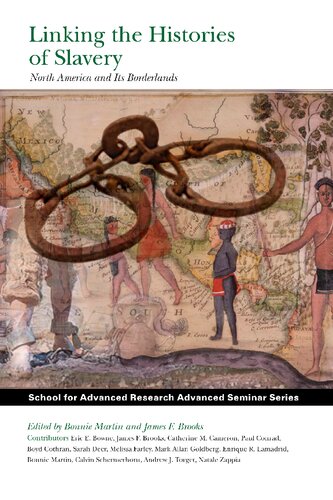

Most ebook files are in PDF format, so you can easily read them using various software such as Foxit Reader or directly on the Google Chrome browser.
Some ebook files are released by publishers in other formats such as .awz, .mobi, .epub, .fb2, etc. You may need to install specific software to read these formats on mobile/PC, such as Calibre.
Please read the tutorial at this link: https://ebookbell.com/faq
We offer FREE conversion to the popular formats you request; however, this may take some time. Therefore, right after payment, please email us, and we will try to provide the service as quickly as possible.
For some exceptional file formats or broken links (if any), please refrain from opening any disputes. Instead, email us first, and we will try to assist within a maximum of 6 hours.
EbookBell Team

4.1
10 reviewsThis volume has brought together scholars from anthropology, history, psychology, and ethnic studies to share their original research into the lesser-known stories of slavery in North America and reveal surprising parallels among slave cultures across the continent. Although they focus on North America, these scholars also take a broad view of slavery as a global historical phenomenon and describe how coercers and the coerced, as well as outside observers, have understood what it means to be a "slave" in various times and cultures, including in the twentieth and twenty-first centuries. The contributors explore the links between indigenous customs of coercion before European contact, those of the tumultuous colonial era, some of the less-familiar paradigms of slavery before the Civil War, and the hazy legal borders between voluntary and involuntary servitude today. The breadth of the chapters complements and enhances traditional scholarship that has focused on slavery in the colonial and nineteenth-century South, and the contributors find the connections among the many histories of slavery in order to provide a better understanding of the many ways in which coercion and slavery worked across North America and continue to work today.
Published in cooperation with the William P. Clements Center for Southwest Studies, Southern Methodist University.